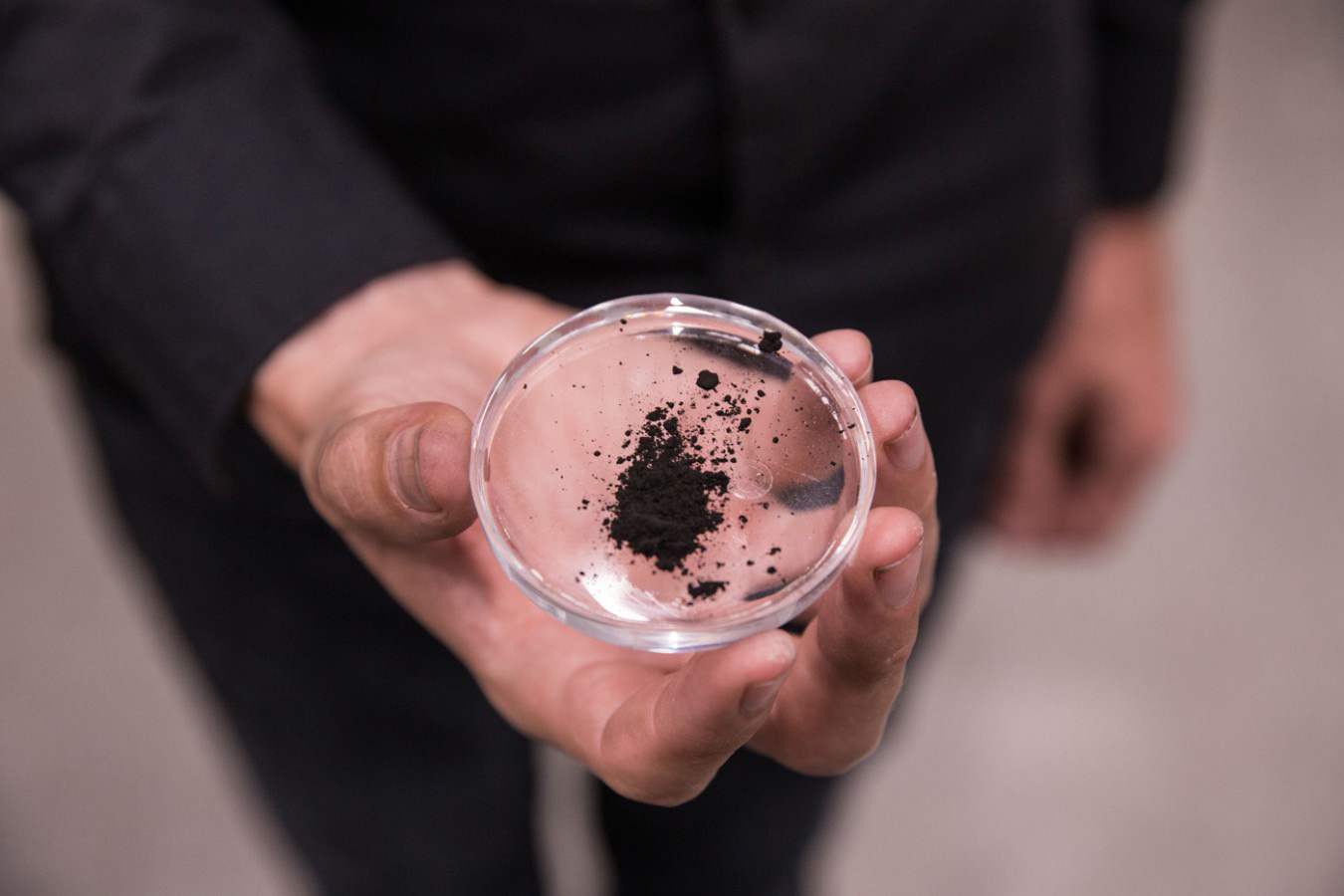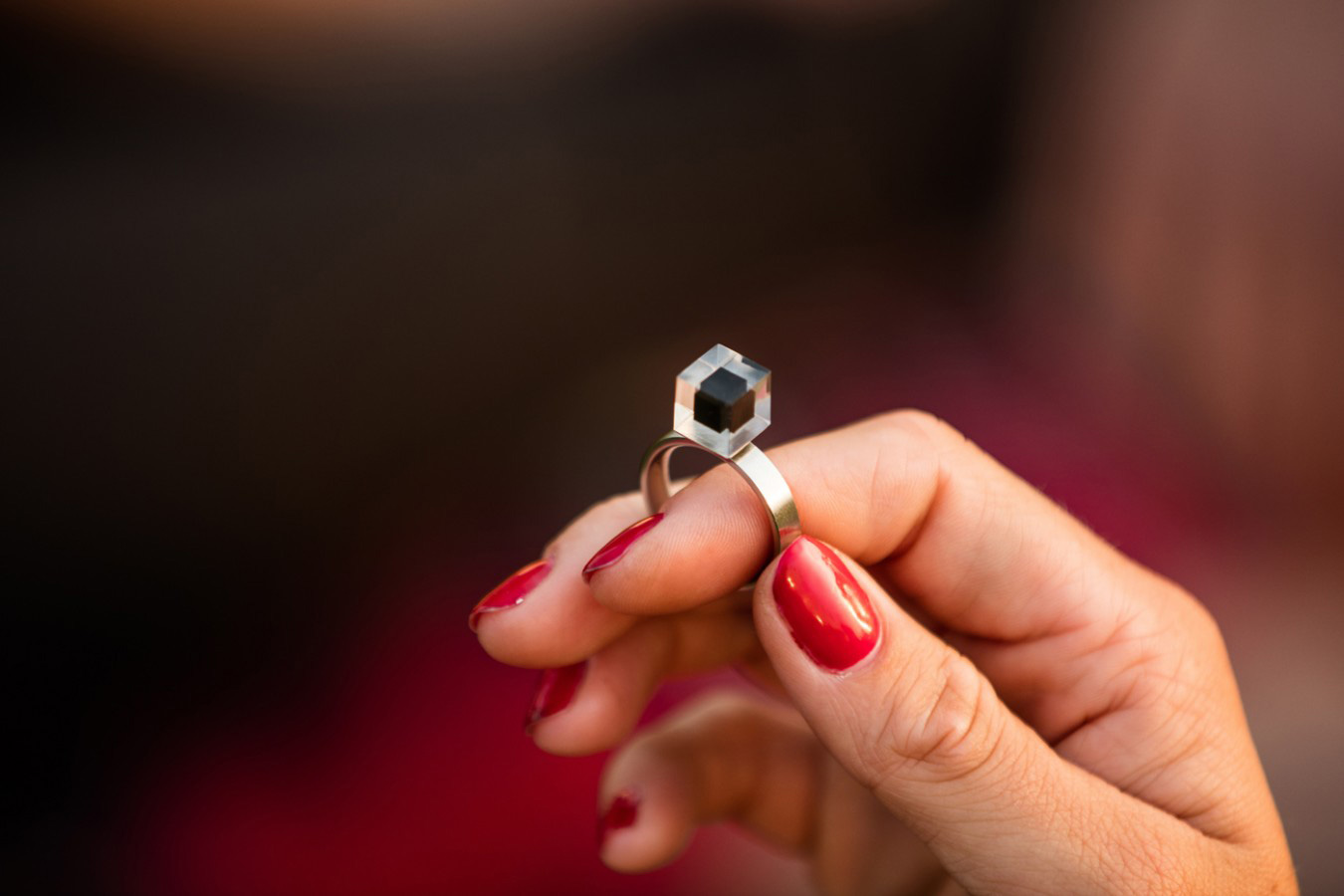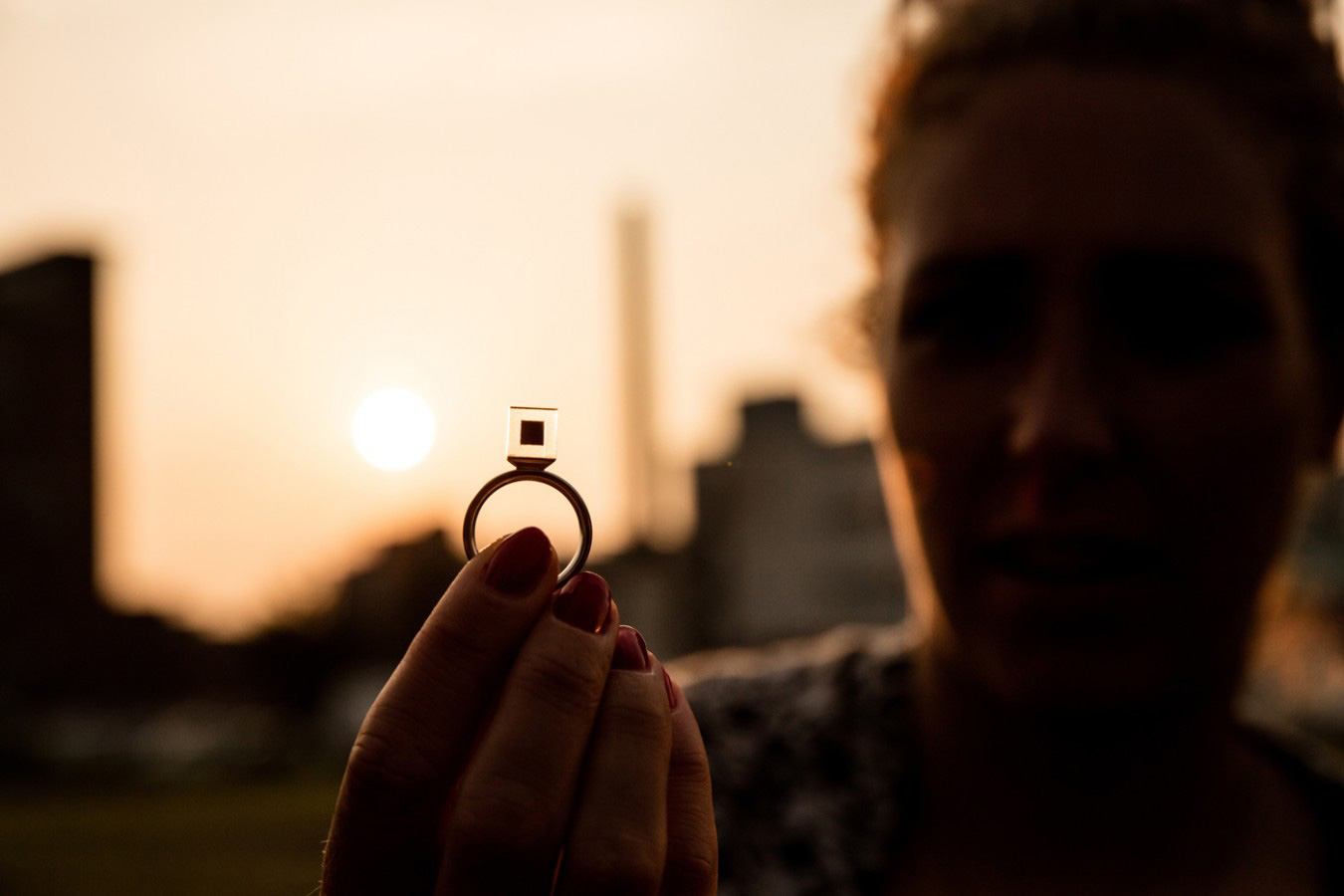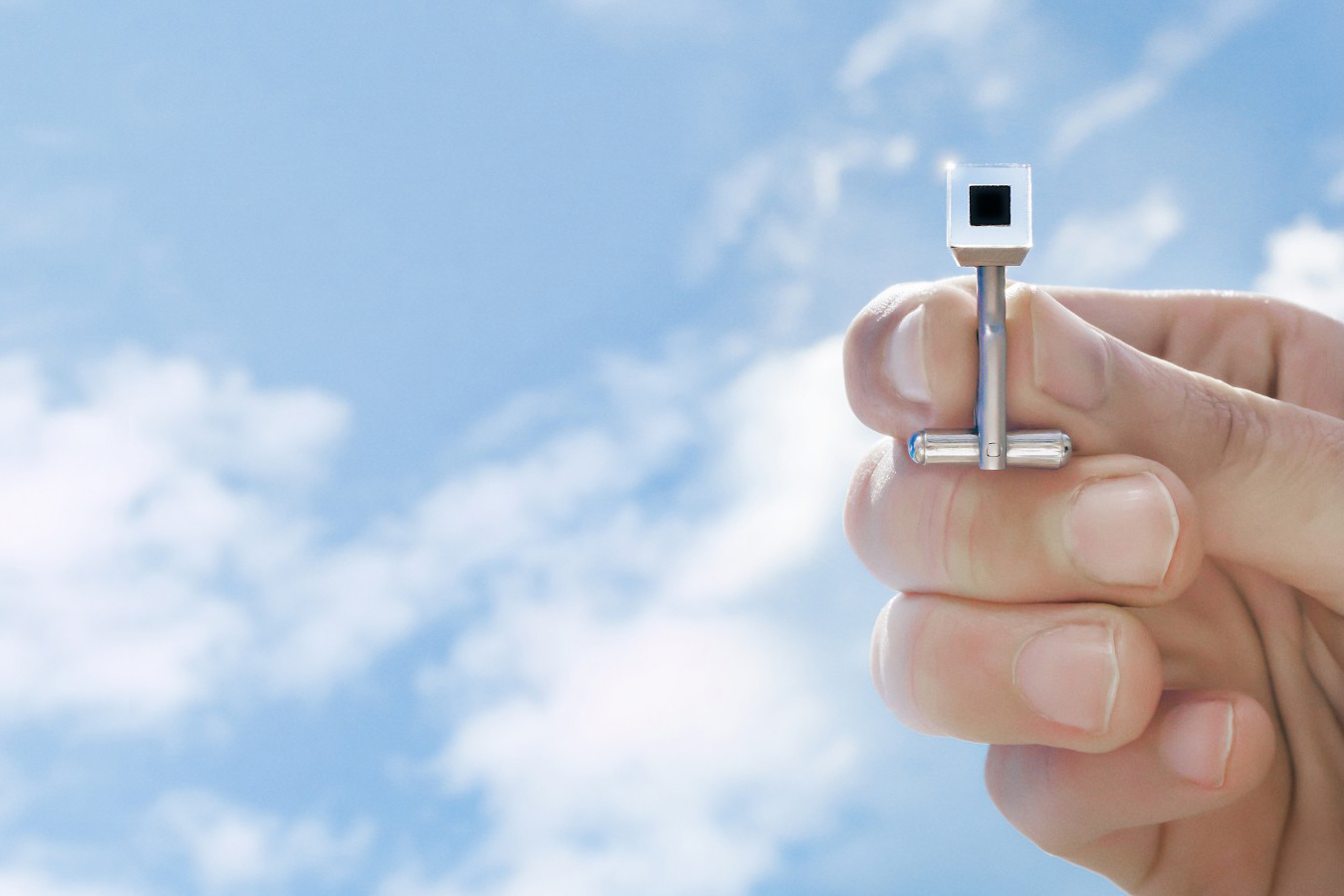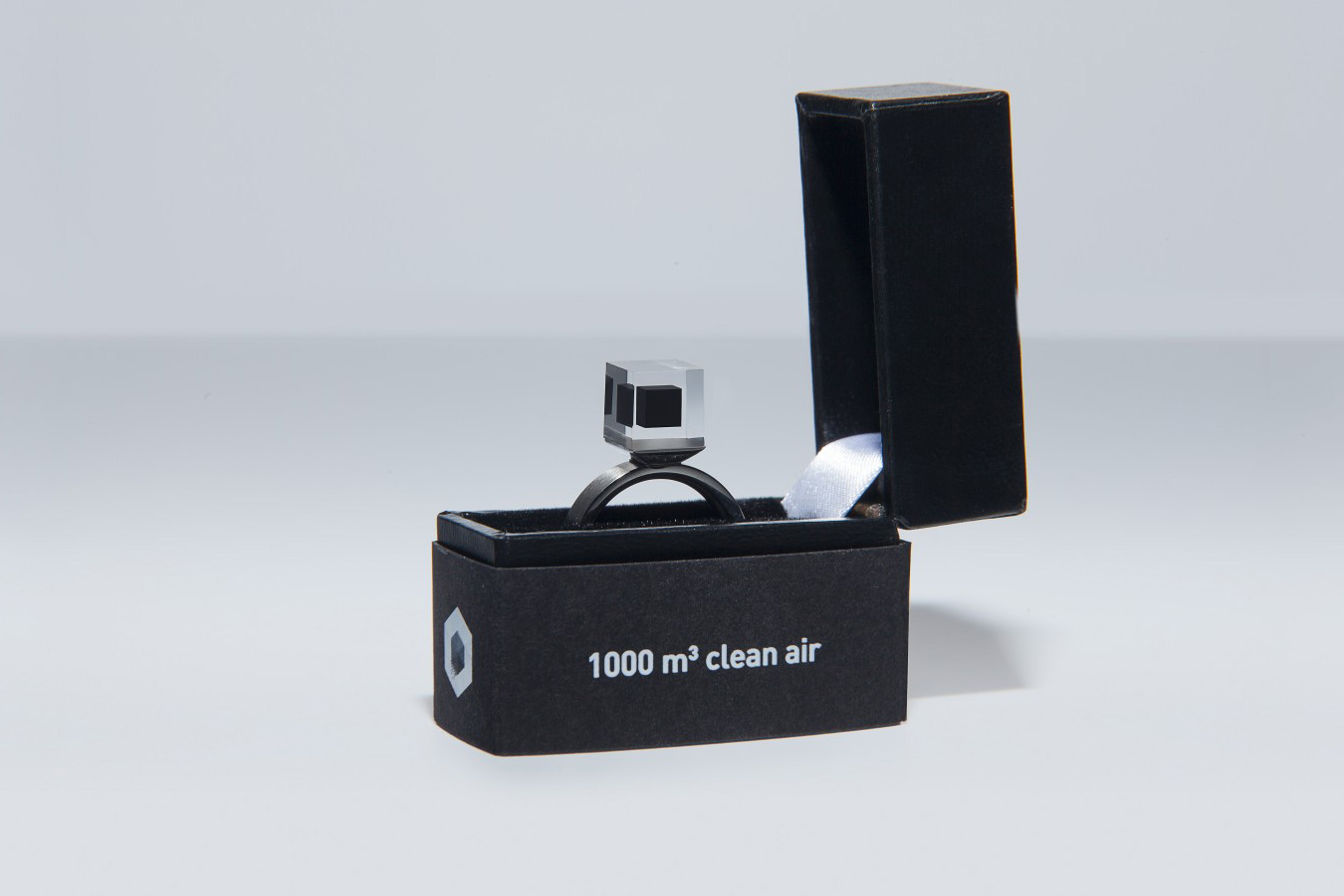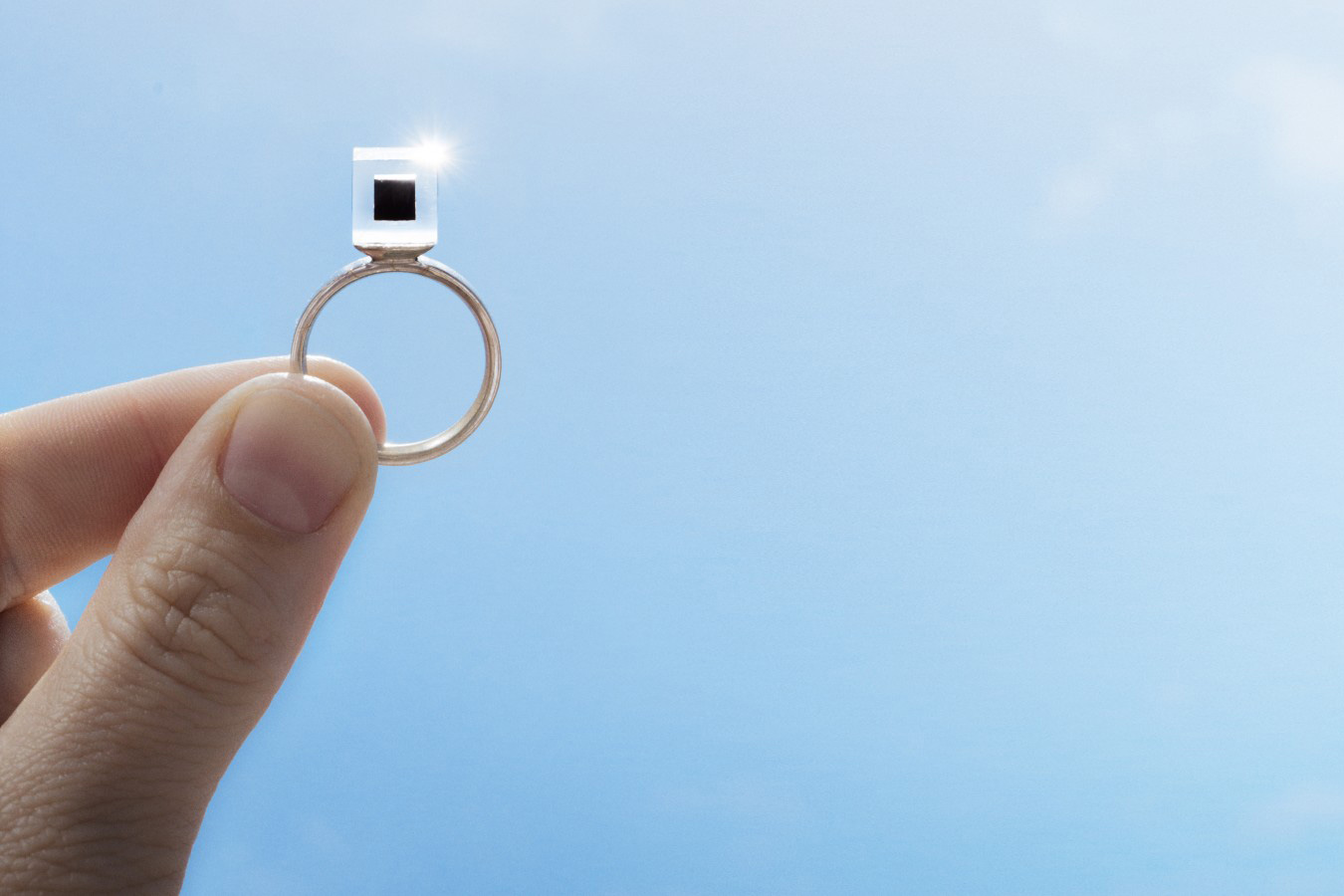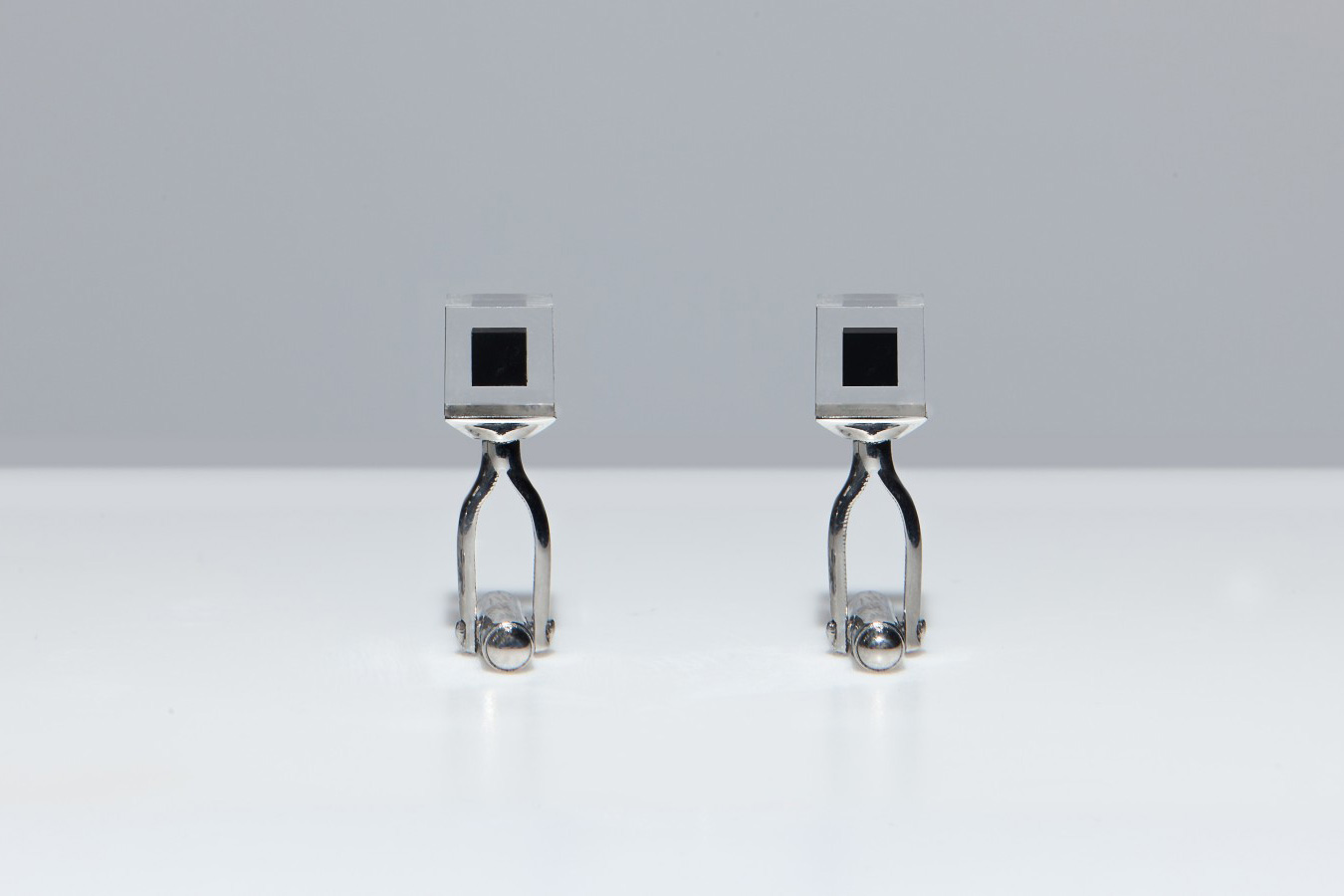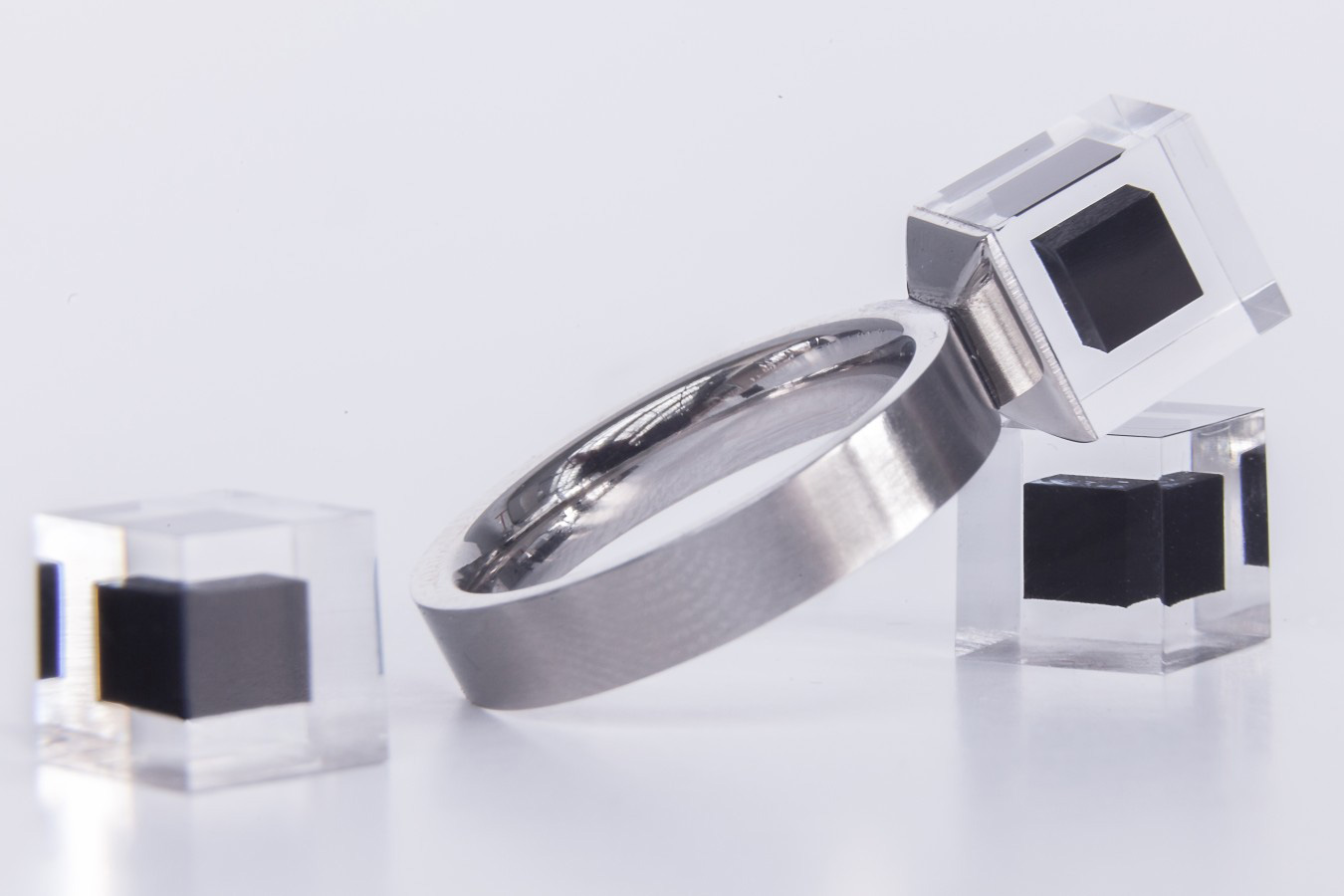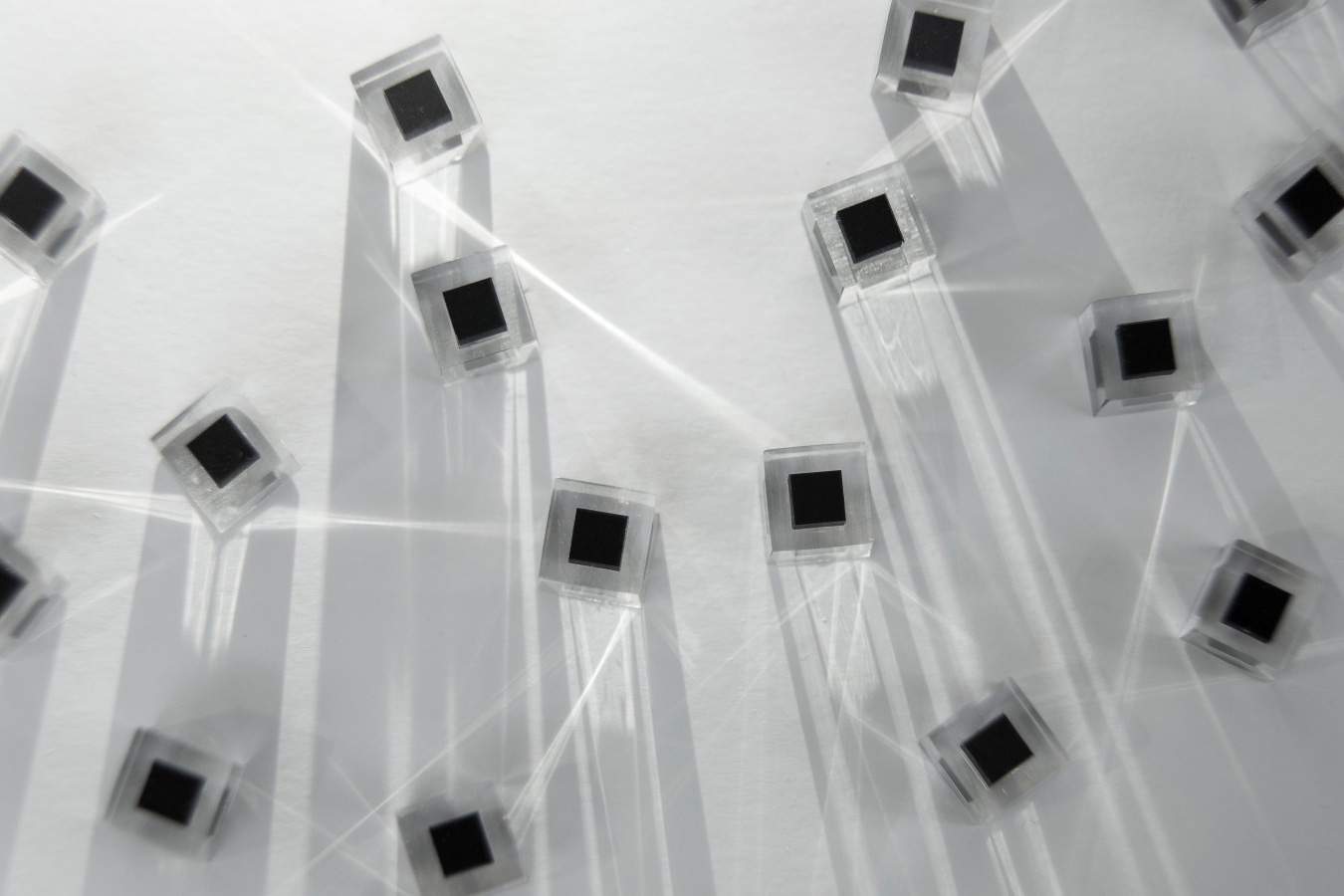Beijing residents are all too familiar with air pollution. The Chinese capital ranks 76 in the top 100 most polluted cities in the world. On high pollution days, dense smog permeates the sky, contaminates the streets, and, of course, is breathed into people’s lungs.
But a couple months ago, Beijing got a little help from the world’s largest outdoor air purifier — a 23-foot tall, metal hexagon called the Smog Free Tower. And it’s working.
The tower is part of the Smog Free Project, a clean air initiative led by Dutch artist and designer Daan Roosegaarde, who bills the structure as “the largest electronic vacuum cleaner in the world.” Stationed in parks, the tower creates a bubble of clean air in otherwise polluted areas.
The exterior consists of 45 silver plates that resemble Venetian blinds housing a huge internal air purifier, which uses patented ion technology to make air up to 75 percent cleaner in the park than it is in the surrounding area. Every day, the structure filters and compresses enough smog to form a handful of synthetic cubes.
“This [smog] is not waste,” Roosegaarde said in a promotional video for the campaign. “Waste in the future should not exist … 42 percent of this [smog] exists as carbon and [with] carbon under high-pressure you get diamonds.”
Last year, the initiative raised over $120,000 in a Kickstarter campaign to build the first Smog Free Tower in a Rotterdam park. Rewards for support included rings, cuff links, and cubes made from the compressed carbon. Every cube consists of carbon extracted from roughly 1,000 square meters of air. In less than two months, the Rotterdam tower filtered enough smog to fulfill all the Kickstarter rewards.
“We shouldn’t wait for the government to tell us what to do,” Roosegaarde told the Associated Press. “I want to start a movement, a community, which does not accept pollution anymore. We should use the energy of creative thinking to create cities where ultimately in 10-15 years, these beauties are not necessary anymore.”
As crazy as this concept may have seemed at the outset, a few weeks after its launch, China’s Ministry of Environmental Protection has announced that the tower is indeed effective. In fact, the air surrounding the Smog Free Tower is allegedly 55 percent cleaner than it was before the structure was implemented. According to Studio Roosegaarde, the tower has eliminated billions of PM2.5 fine particles.
Over the last six weeks or so, the Tower has successfully cleansed some 30 million m3 of air, and has earned the nickname, the “clean air temple.” And with all that smog they collected, Studio Roosegaarde plans to make around 300 Smog Free rings. Truly, humanity’s trash can be one person’s … treasure?
Article originally published in September 2016. Updated on 11-25-2016 by Lulu Chang: Added news that the Smog Free Tower is working.
